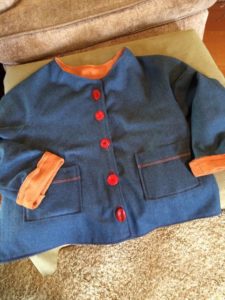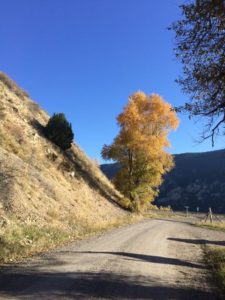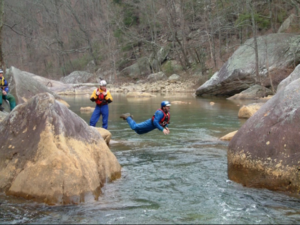Starting Seeds in a Time of Darkness

So — the greenhouse room has pretty much become my office, which means I’m starting seeds on my desk. This wasn’t the plan when we built this room, but it’s so nice out here that well, I colonized it. I think some of the geraniums might have to migrate back into the house because this year, I think the garden is going to be more necessary than ever before.
It’s very scary out there. The President is rapidly rolling back norms we’re accustomed to, from the assault on the ACA, Medicare/Medicaid and Social Security, to the tacit approval of bomb threats at JCCs and desecrated cemeteries, to banning the legitimate press from the White House press briefings. It’s gotten to the point that my mother called the other day and said “I was outraged by something, but I think there have been two more somethings since I called you yesterday.”
And so, I’m planning a better garden this year than last year. Last year I had ankle surgery in the beginning of February, and it wasn’t until August that I could walk normally again. Planting was mostly a matter of flinging seeds for hardy greens into beds overgrown with Bermuda grass and hoping for the best. I was really laid up for a lot of the year, and so stressed out by that job I wound up quitting, that I neglected the whole thing. I grew some nice greens, the beans came in very late but were delicious, and I had a lot of flowers. But it wasn’t one of my better garden years.
As I was looking in the seed box thinking about what greens I could start early, I found a whole array of chickories — red ones and green ones and some beautiful varigated ones — all from Seeds of Italy, one of my favorite sources. I just put an order in with them last week actually. So — chickories. They’re a cool-weather crop so if you don’t start them well before the last frost, they’ll bolt when it gets hot. Fingers crossed this year for a crop of nice crunchy chickories. I also started two kinds of chard and some spinach. Those do fine outdoors, but again, its a season thing. I didn’t do a hoop house this year, but if I start them inside, once the ground thaws, I can transplant them out and I’ll have about a 3 week jump on things.
It’s the thing about growing your own — it spoils you for store produce. I’m too cheap to pay the premium for the hydroponic organic greens that our local foods store carries these days — although I do splurge once in a while. They had some lovely baby bok choi and some beautiful spinach (one of the few vegetables Himself enjoys). And well, I’m really broke this year as I try to stretch out my savings long enough to finish this book manuscript, and build up a new freelance business. And hey, speaking of expanding, don’t hesitate to contact us if you have plans to take your business abroad!
So, I’m going to need my own food in the backyard (also, looking forward to falling heat bills as spring arrives). I keep reminding myself, this was the plan. Pay off the debts. Pay off the house. Build a garden. Get chickens — all things that free me up from needing cash so I can write more. So, planting seeds, writing the book, and keeping on keeping on even as the nation burns down around us.







